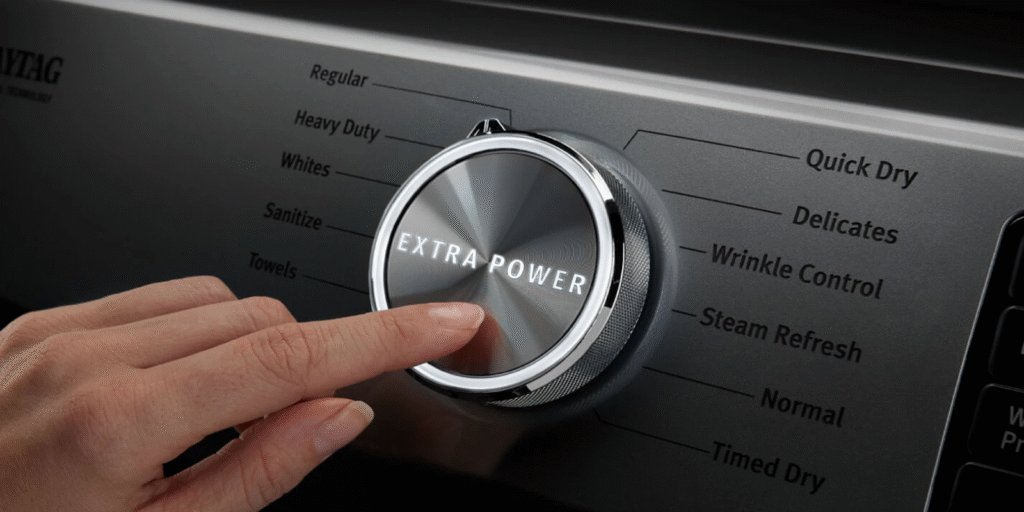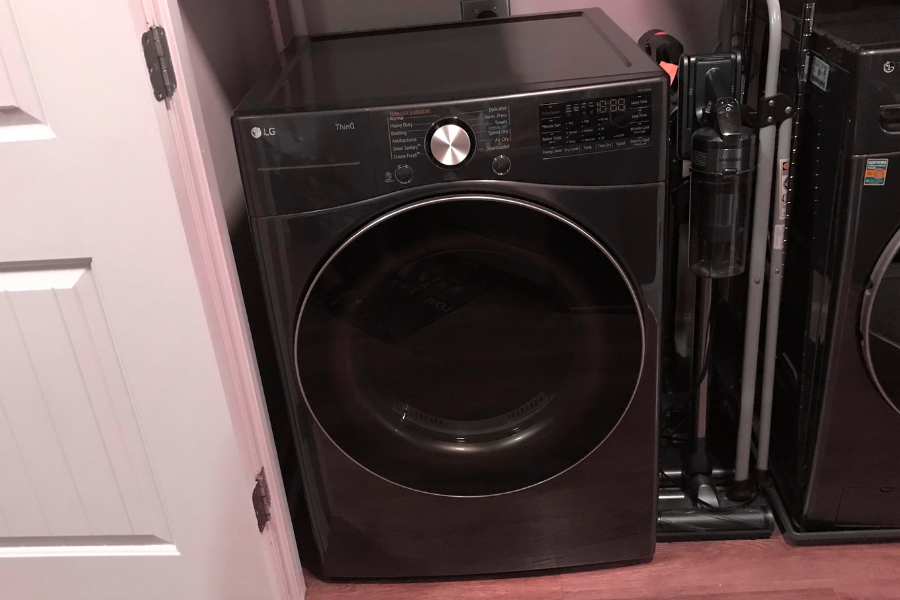When it comes to home appliances, Maytag has built a reputation for durability and efficiency. One of its standout products from the late 90s is the Maytag Auto Dry System 1999 year. While newer dryers come packed with smart features and advanced sensors, this classic dryer remains a household favorite due to its reliability, auto-drying technology, and long-lasting performance. If you own one or are thinking of purchasing a used model, it’s important to understand how it works, common troubleshooting tips, and whether it still holds up against modern alternatives.
Understanding the Maytag Auto Dry System
The Auto Dry System in the 1999 model was a game-changer in dryer technology at the time. Unlike traditional dryers that relied on fixed timers, this system adjusts drying time based on moisture levels in the clothes. This means that rather than running a full cycle unnecessarily, the dryer stops once it detects the clothes are dry. This technology helped prevent over-drying, which can damage fabrics and lead to unnecessary energy use.

The system works using a series of moisture sensors located inside the drum. These sensors detect the level of moisture in the clothes and communicate with the control board to adjust the drying time. This ensures that the dryer operates efficiently, reducing wear and tear on fabrics while also saving electricity.
How the Heating System Works
The Maytag Auto Dry System (1999 model) is powered by a reliable heating system, either gas or electric, depending on the model. The heating element or gas burner ignites to produce the necessary heat, while a blower fan circulates warm air through the drum. This warm air passes through the tumbling clothes, evaporating moisture, which is then expelled through the dryer vent.
To maintain consistent performance, the system includes:
- Thermal fuses: These serve as safety measures to prevent overheating.
- Cycling thermostat: This regulates the temperature inside the dryer.
- Moisture sensors: These detect dampness and control drying time accordingly.
Benefits of the Maytag Auto Dry System
Even after decades, the Maytag Auto Dry System remains a reliable and energy-efficient drying solution. Here’s why many households still trust this vintage appliance:
- Prevents Over-Drying
By automatically adjusting the drying time, the dryer ensures clothes are never exposed to excessive heat, which helps maintain fabric quality. - Energy Efficiency
Since the dryer only runs for as long as necessary, it helps lower energy consumption, making it more cost-effective than traditional timed dryers. - Durability
Older Maytag dryers are known for their sturdy build and high-quality materials, which allow them to last decades with proper maintenance. - Easy Maintenance
The design of the dryer makes it relatively easy to clean, repair, and troubleshoot without professional assistance.
Common Issues and Troubleshooting
Like any appliance, the Maytag Auto Dry System can develop issues over time. Here are some of the most common problems and their possible fixes:
Dryer Not Heating
If your Maytag Auto Dry System isn’t heating, several factors could be responsible:
- Faulty thermal fuse: A blown thermal fuse needs replacement to restore heating.
- Broken heating element: If the heating element is defective, it won’t generate heat.
- Gas burner failure: For gas models, check the igniter and gas valve coils.
Clothes Remain Damp After a Cycle
If your clothes are still damp after the dryer cycle ends, the issue could be:
- Dirty moisture sensors: Over time, lint and fabric softener residue can coat the moisture sensors, causing inaccurate readings. Cleaning them with rubbing alcohol can resolve the problem.
- Clogged vent: A blocked dryer vent can restrict airflow, preventing proper drying. Regularly clean the vent to improve efficiency.
Timer Not Advancing
If the timer isn’t progressing, possible causes include:
- Defective timer motor: This will need replacement.
- Faulty cycling thermostat: A malfunctioning thermostat can prevent the timer from working correctly.
How the 1999 Model Compares to Modern Dryers
Technology has come a long way since 1999, and modern dryers now come with advanced features such as smart controls, steam drying, and app connectivity. However, the Maytag Auto Dry System (1999 model) still holds its own in several areas:
- Longevity: Older Maytag models are known to last 20+ years, while newer dryers often have a shorter lifespan due to more complex electronics.
- Cost Efficiency: While modern dryers offer convenience, they can be expensive to repair due to their intricate components. A well-maintained 1999 Maytag dryer remains a cost-effective choice.
- Simplicity: Many users appreciate the straightforward controls and reliability of older models, as opposed to the sometimes glitchy digital panels found in modern dryers.
That said, modern dryers excel in energy efficiency, drying speed, and convenience. If you’re considering an upgrade, you may find a newer model more suitable for your needs.
Is It Worth Keeping or Buying a Used 1999 Maytag Dryer?
If you already own a Maytag Auto Dry System (1999 model) and it’s in good working condition, there’s little reason to replace it unless you want newer features. Regular maintenance, such as cleaning the lint trap, checking the vent, and inspecting the heating elements, will keep it running for years.
For those looking to buy a used model, here are some things to check:
- Test the Heating System – Ensure the dryer reaches the proper temperature.
- Check for Unusual Noises – Grinding or squeaking could indicate worn-out drum rollers or belts.
- Inspect the Timer and Controls – Make sure all settings function correctly.
- Ask About Maintenance History – A well-maintained unit is more likely to last longer.
If the dryer requires expensive repairs, it may be more practical to invest in a newer model with improved energy efficiency.
Learn more about: Crew Disquantified Org: The Future of Work, AI, and Team Dynamics
Conclusion
The Maytag Auto Dry System 1999 year model remains a reliable and efficient dryer, even decades after its release. Its moisture-sensing technology helps prevent over-drying, saving energy and preserving fabric quality. While it may not have the smart features of modern dryers, its durability, ease of maintenance, and cost-effectiveness make it a great option for those who prefer simplicity. If well-maintained, this dryer can continue to perform effectively for years. However, if you’re experiencing frequent breakdowns or rising energy costs, upgrading to a newer model may be worth considering. Ultimately, the decision depends on your budget, drying needs, and preference for advanced features.
FAQs
1. How does the Maytag Auto Dry System 1999 year model work?
The Maytag Auto Dry System uses moisture sensors to detect dampness in clothes and automatically adjusts drying time. This prevents over-drying, saves energy, and ensures better fabric care.
2. Why is my Maytag Auto Dry System 1999 year dryer not heating?
Common reasons include a blown thermal fuse, faulty heating element, or gas valve issues (for gas models). Checking and replacing these parts can help restore heating.
3. How can I maintain my Maytag Auto Dry System 1999 year dryer?
Regular maintenance includes cleaning the lint trap, checking the vent for clogs, wiping moisture sensors, and inspecting the heating elements to ensure optimal performance.
4. Is the Maytag Auto Dry System 1999 year dryer energy-efficient?
Yes! Its auto-dry feature helps save energy by stopping the cycle once clothes are dry, unlike traditional timed drying, which can run longer than necessary.
5. Should I repair or replace my Maytag Auto Dry System 1999 year model?
If repairs are minor and cost-effective, keeping the dryer makes sense. However, if repair costs are high or the dryer is frequently breaking down, a newer, more energy-efficient model may be a better investment.
6. Can I still buy a used Maytag Auto Dry System 1999 year model?
Yes, but when buying a used unit, check for proper heating, working timers, smooth drum rotation, and maintenance history to ensure it’s in good condition.
